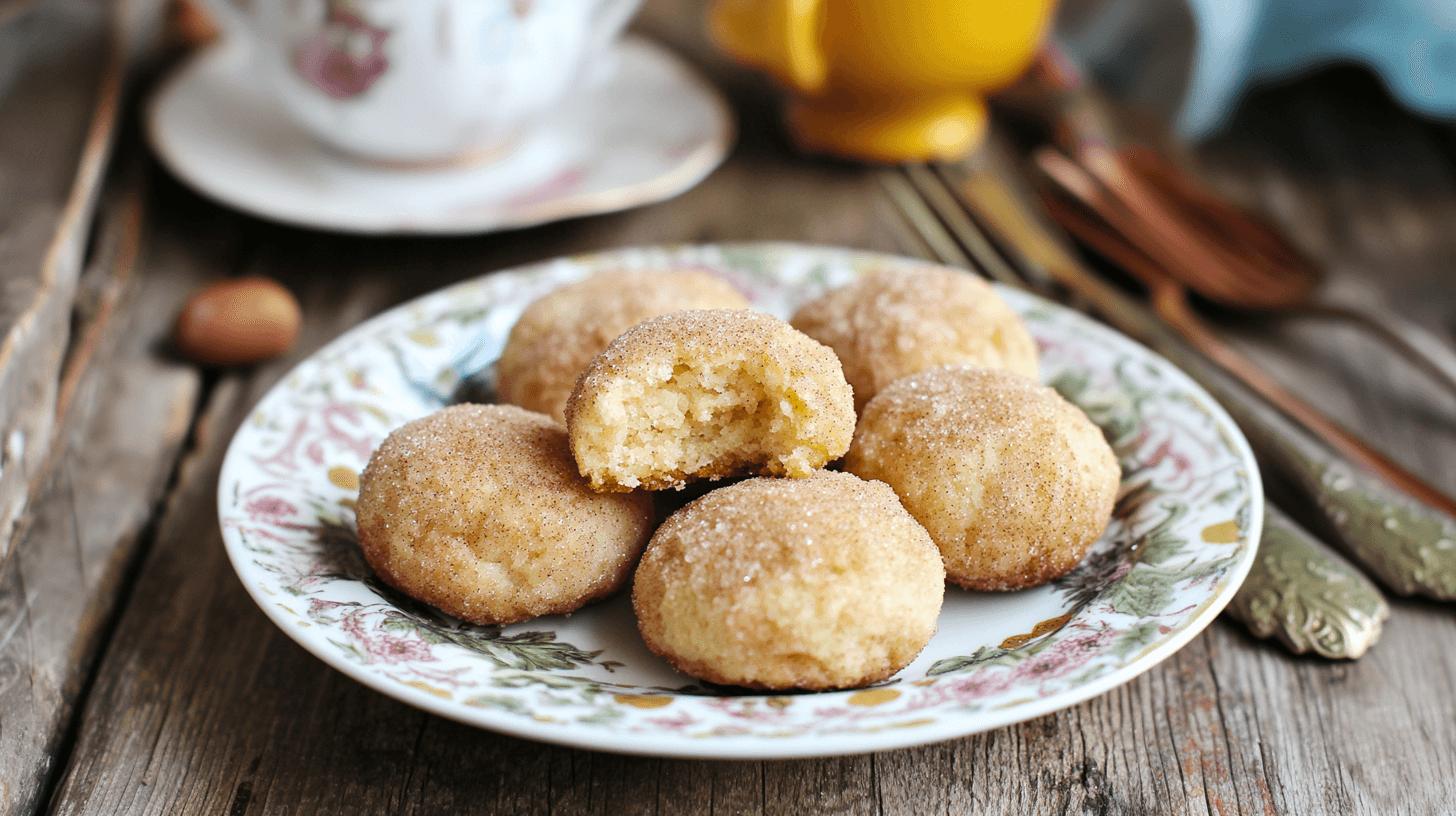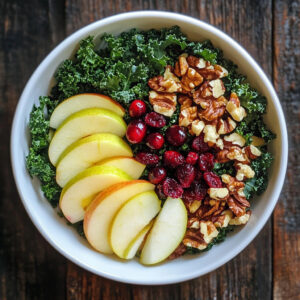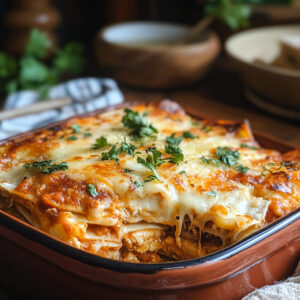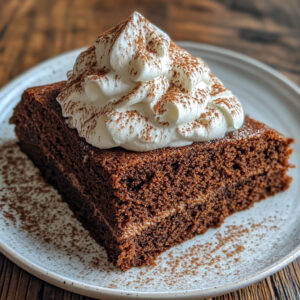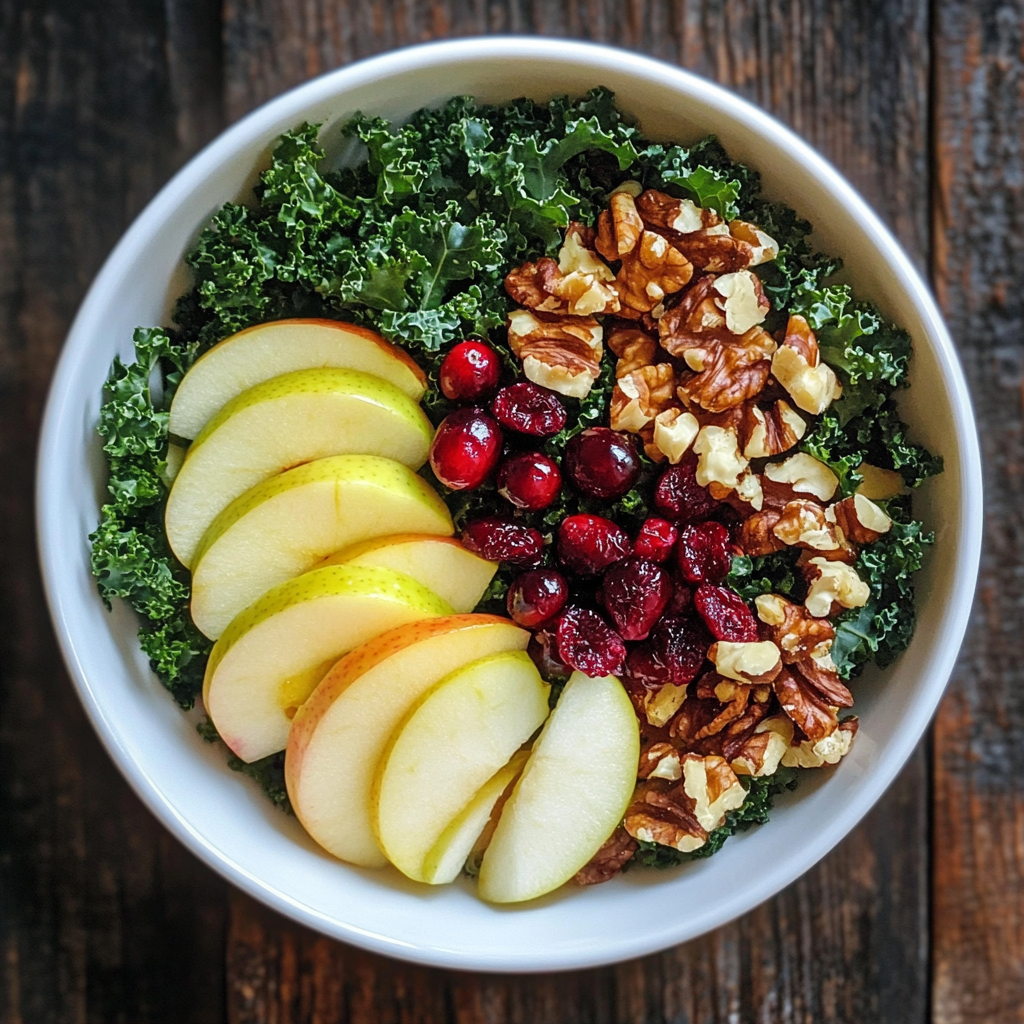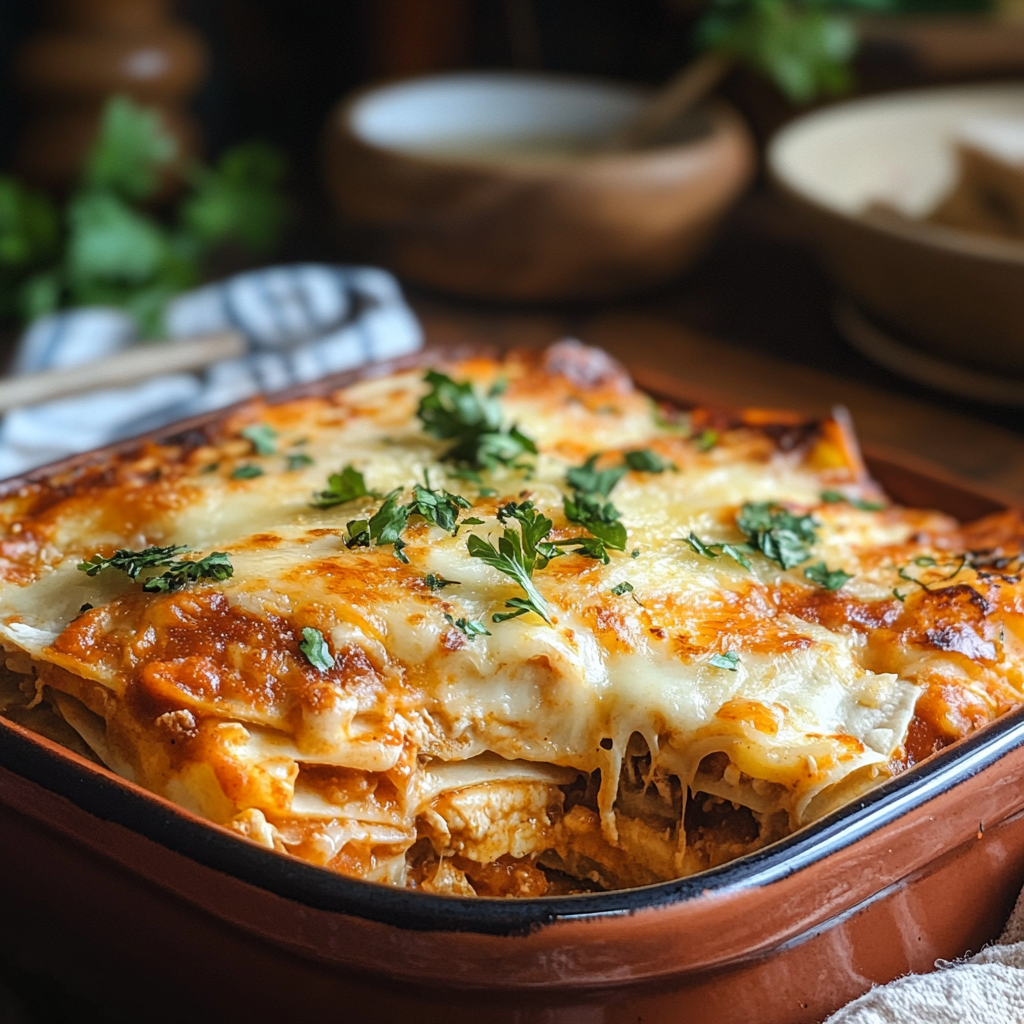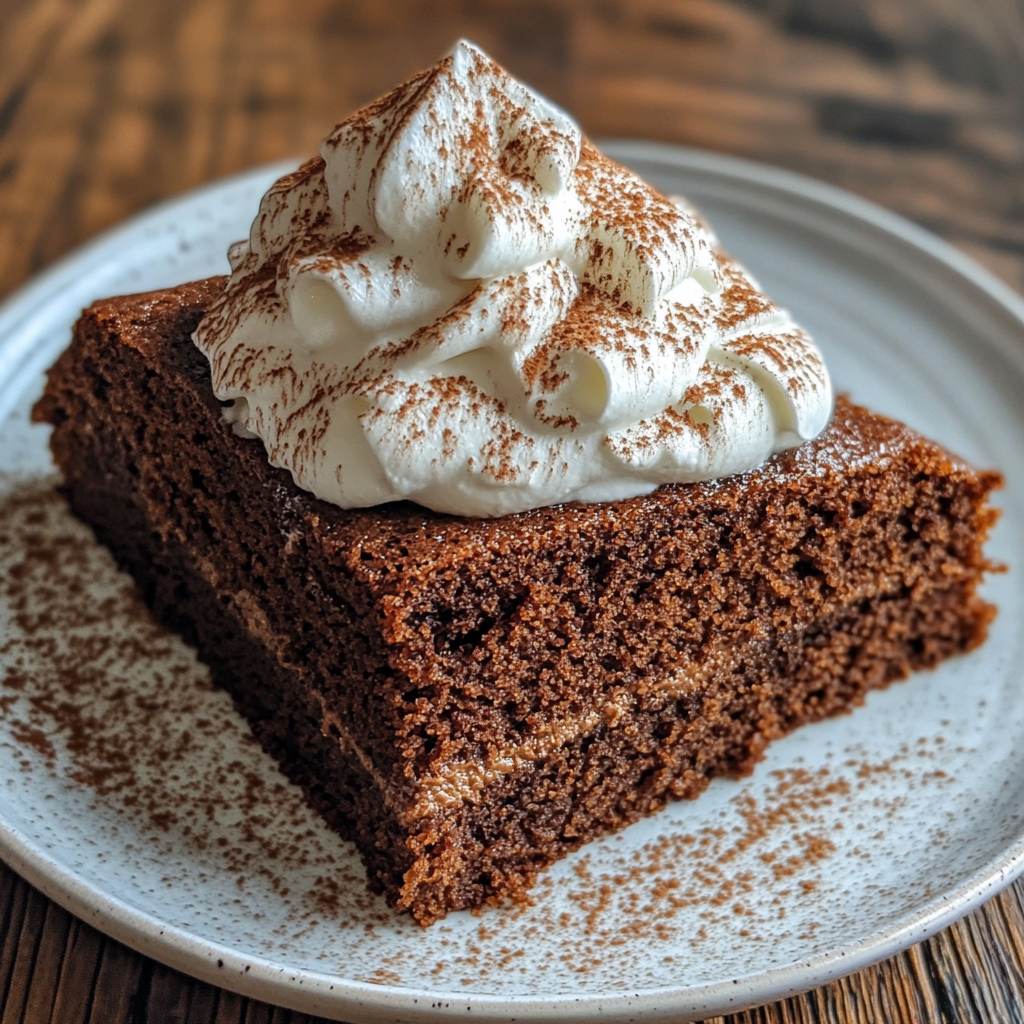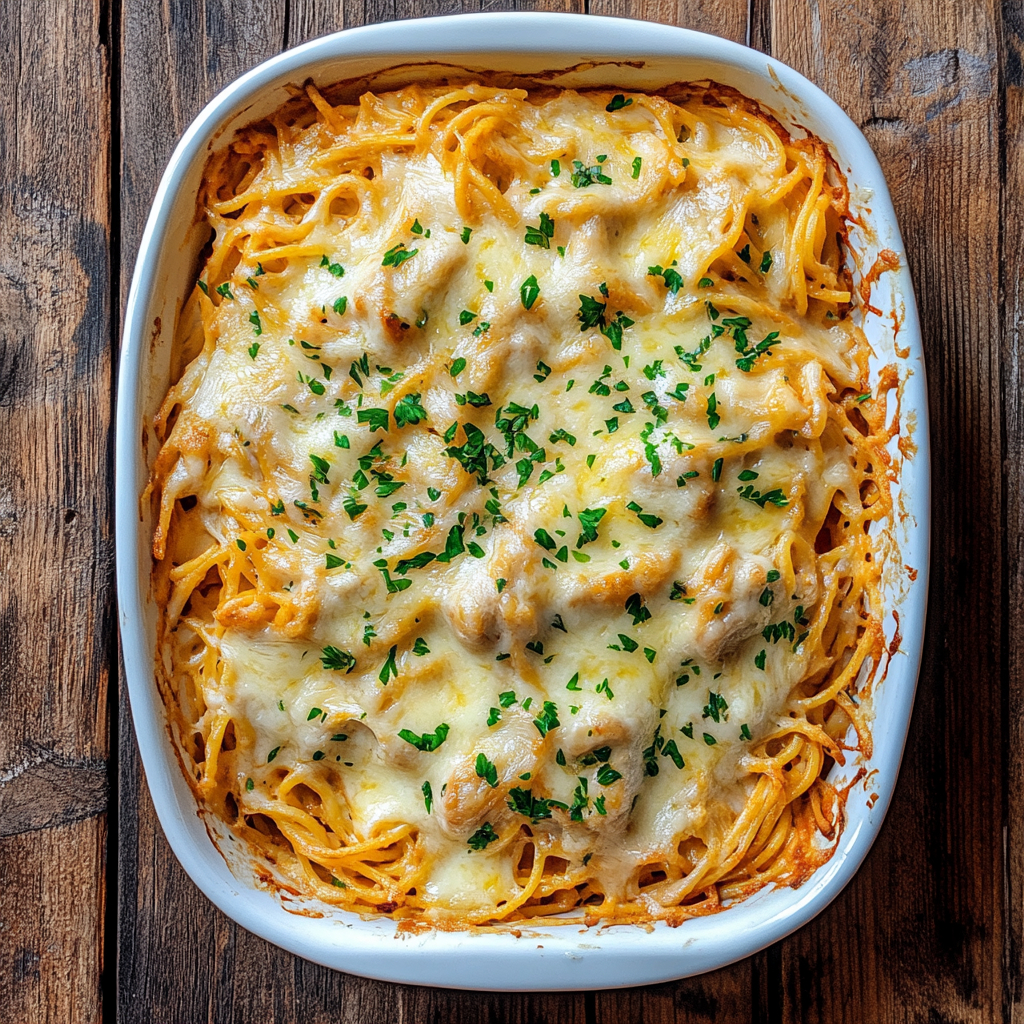Snickerdoodles are a timeless classic, celebrated for their soft, chewy texture and warm cinnamon-sugar coating. Traditionally, cream of tartar is a key ingredient in their preparation, adding tanginess and enhancing their texture. However, you don’t need cream of tartar to enjoy these cookies. With a simple substitute, you can achieve the same delicious results. This recipe for snickerdoodle no cream of tartar is perfect for those who may not have this ingredient on hand or prefer an alternative. Let’s explore how to bake these delightful cookies and learn some tips and tricks along the way.
For more cookie recipes, check out Rustle Recipes.
Table of Contents
What Are Snickerdoodles?
The Essence of a Snickerdoodle
snickerdoodle no cream of tartar are soft, chewy cookies rolled in cinnamon-sugar before baking. Their lightly crisp edges and tender centers make them a favorite among cookie lovers.
Why Is Cream of Tartar Traditionally Used?
- Tangy Flavor: Cream of tartar provides a slight tang, complementing the sweetness of the cookie.
- Chewy Texture: It reacts with baking soda, giving the cookies their characteristic chewiness.
Why Bake Without Cream of Tartar?
- Pantry Shortages: Not everyone has cream of tartar readily available.
- Simple Alternatives Exist: Baking powder or other substitutes can replicate the same results.
Ingredients for snickerdoodle no cream of tartar
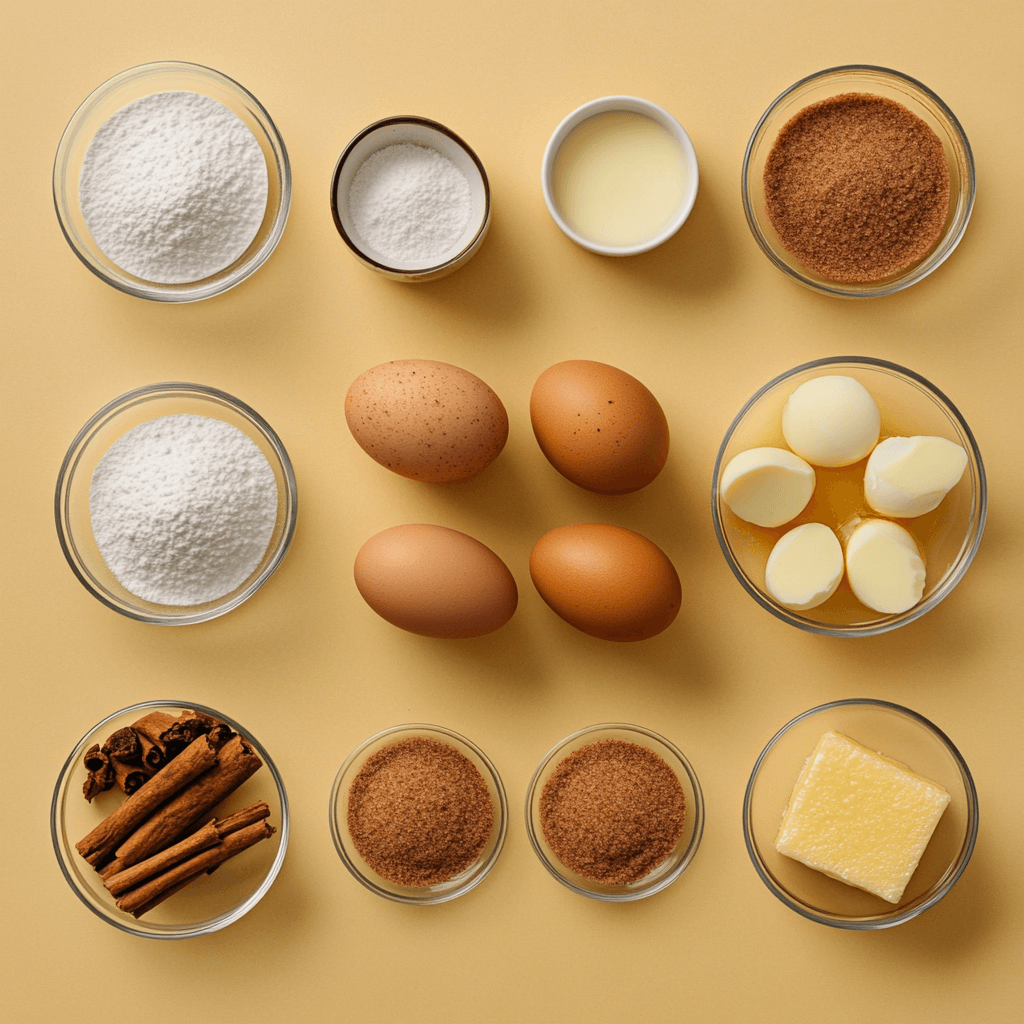
Key Ingredients
- Butter, Sugar, and Eggs: For richness and softness.
- Baking Powder: Acts as a substitute for cream of tartar and baking soda.
- Flour, Salt, Cinnamon, and Vanilla Extract: The building blocks of flavor and structure.
For the Coating
- Granulated sugar and cinnamon to create the signature snickerdoodle coating.
Optional Add-Ins
- White chocolate chips for sweetness.
- A touch of nutmeg for a spiced twist.
Recipe Instructions

Preparation
- Preheat the oven to 375°F (190°C).
- Line baking sheets with parchment paper.
Making the Dough
- Cream butter and sugar until light and fluffy.
- Beat in eggs and vanilla extract.
- In a separate bowl, mix flour, baking powder, and salt. Gradually add to the wet mixture.
Shaping and Coating
- Roll the dough into 1-inch balls.
- Combine sugar and cinnamon in a bowl and coat each dough ball generously.
Baking
- Place the coated dough balls on the prepared baking sheets, spacing them 2 inches apart.
- Bake for 8–10 minutes until the edges are set but the centers remain soft.
- Cool the cookies on a wire rack before serving.
Why Baking Powder Works as a Substitute
How It Replaces Cream of Tartar
Baking powder contains both an acid and a base, effectively replacing the combination of cream of tartar and baking soda.
What About the Tangy Flavor?
Adding a teaspoon of lemon juice or yogurt can replicate the tangy taste.
Does It Change the Texture?
Not significantly. Baking powder ensures the cookies remain soft and chewy, with minimal differences from the original recipe.
Tips for Perfect snickerdoodle no cream of tartar
Chill the Dough
- Refrigerating the dough for 30 minutes prevents excessive spreading during baking.
Measure Flour Correctly
- Use the spoon-and-level method to avoid adding too much flour, which can make the cookies dry.
Use Room-Temperature Butter
- Ensures smooth mixing and prevents clumps in the dough.
Variations to Try
Brown Butter Snickerdoodles
- Brown the butter before creaming for a nutty, caramelized flavor.
Chocolate-Dipped Snickerdoodles
- Dip half of each baked cookie in melted chocolate for a decadent twist.
Spiced Snickerdoodles
- Add ½ teaspoon of pumpkin spice or chai seasoning for extra warmth.
Common Questions About snickerdoodle no cream of tartar
Can I Use Lemon Juice as a Substitute?
Yes, 1 teaspoon of lemon juice can replace cream of tartar. It provides the tanginess often associated with traditional snickerdoodles.
Do These Cookies Taste the Same?
They taste very similar. The tangy flavor might be slightly less pronounced, but the cinnamon-sugar coating ensures they’re just as delicious.
Can I Make These Gluten-Free?
Yes, substitute all-purpose flour with a gluten-free baking mix. Ensure the mix includes xanthan gum for structure.
How Do I Store These Cookies?
Store in an airtight container at room temperature for up to 5 days.
Mistakes to Avoid
Overbaking
- Remove cookies from the oven when the edges are just set. Overbaking results in dry cookies.
Skipping the Sugar Coating
- The cinnamon-sugar coating is essential for authentic snickerdoodle flavor.
Not Preheating the Oven
- Baking in a cold oven can lead to unevenly baked cookies.
Storing and Freezing Tips

Storing Baked Cookies
- Keep cookies in an airtight container at room temperature for up to 5 days.
Freezing Cookie Dough
- Shape and coat dough balls in cinnamon-sugar before freezing. Bake directly from frozen, adding 2–3 minutes to the baking time.
Reheating for Freshness
- Microwave cookies for 10 seconds to restore their softness.
Conclusion
You don’t need cream of tartar to bake the perfect snickerdoodles. With baking powder as a substitute, you can enjoy soft, chewy cookies with that signature cinnamon-sugar coating. This recipe is quick, simple, and just as delicious as the traditional version. Whether you’re baking for the holidays or satisfying a cookie craving, these no-cream-of-tartar snickerdoodles are sure to impress. Try them today and rediscover the joy of baking!
For more cookie ideas, visit Rustle Recipes.
FAQ Section
Q1: Can I Use Self-Rising Flour?
Yes, you can use self-rising flour instead of all-purpose flour, but you’ll need to omit the baking powder and salt from the recipe.
Benefit: Self-rising flour simplifies the process by already containing leavening agents.
- How to Adjust the Recipe:
- Use the same quantity of self-rising flour as all-purpose flour.
- Skip the baking powder and salt listed in the original recipe.
- Texture Considerations:
- Self-rising flour ensures the cookies remain soft and fluffy without additional effort.
This substitution makes the recipe more convenient, especially if you have self-rising flour readily available.
Q2: How Do I Make the Cookies Chewier?
To make snickerdoodles extra chewy, you can tweak the recipe slightly.
Benefit: Chewy cookies are soft, satisfying, and perfect for those who prefer a less crisp texture.
- Tips for Chewier Cookies:
- Add one extra egg yolk to increase moisture and richness.
- Reduce the baking time slightly; remove the cookies when the edges are just set and the centers look soft.
- Use more brown sugar than granulated sugar for a moister dough.
- Storage Tip:
- Store the cookies in an airtight container with a slice of bread to maintain their chewiness.
These adjustments guarantee that your cookies stay irresistibly soft and chewy.
Q3: Can I Use Margarine Instead of Butter?
Yes, margarine can be used in place of butter, but there are some differences to note.
Benefit: Margarine is a good alternative for those looking to reduce saturated fat or for dairy-free baking.
- Flavor Differences:
- Butter adds a richer flavor to the cookies, while margarine has a milder taste.
- To enhance the flavor when using margarine, consider adding an extra splash of vanilla extract.
- Texture Impact:
- Margarine has a higher water content, which may cause the dough to spread more during baking. Chill the dough for 30 minutes to reduce spreading.
Using margarine ensures the recipe is adaptable to various dietary needs.
Q4: How Do I Make Mini Snickerdoodles?
Mini snickerdoodles are a fun variation that’s perfect for parties, gift boxes, or portion control.
Benefit: Smaller cookies are great for serving a crowd or enjoying bite-sized treats.
- How to Make Mini Cookies:
- Use a smaller cookie scoop or a teaspoon to portion the dough.
- Roll the dough into smaller balls, about ½ inch in diameter.
- Baking Time:
- Reduce the baking time by 2–3 minutes, as smaller cookies bake faster.
- Serving Ideas:
- Serve mini snickerdoodles as part of a dessert platter or package them in treat bags for gifting.
This variation is easy to make and adds a delightful twist to your cookie presentation.
Q5: Can I Double This Recipe?
Absolutely! Doubling the recipe is simple and perfect for baking larger batches for events or holiday gatherings.
Benefit: Saves time and effort when you need more cookies.
Freeze extra cookie dough balls for future use.
How to Scale Up:
Double all ingredients exactly, ensuring measurements are accurate.
Use a larger mixing bowl to accommodate the increased volume.
Baking Tips:
Bake in batches to avoid overcrowding the oven, which can lead to uneven baking.
Rotate baking sheets halfway through for consistent results.
Storage Suggestions:
Freeze extra cookie dough balls for future use.

